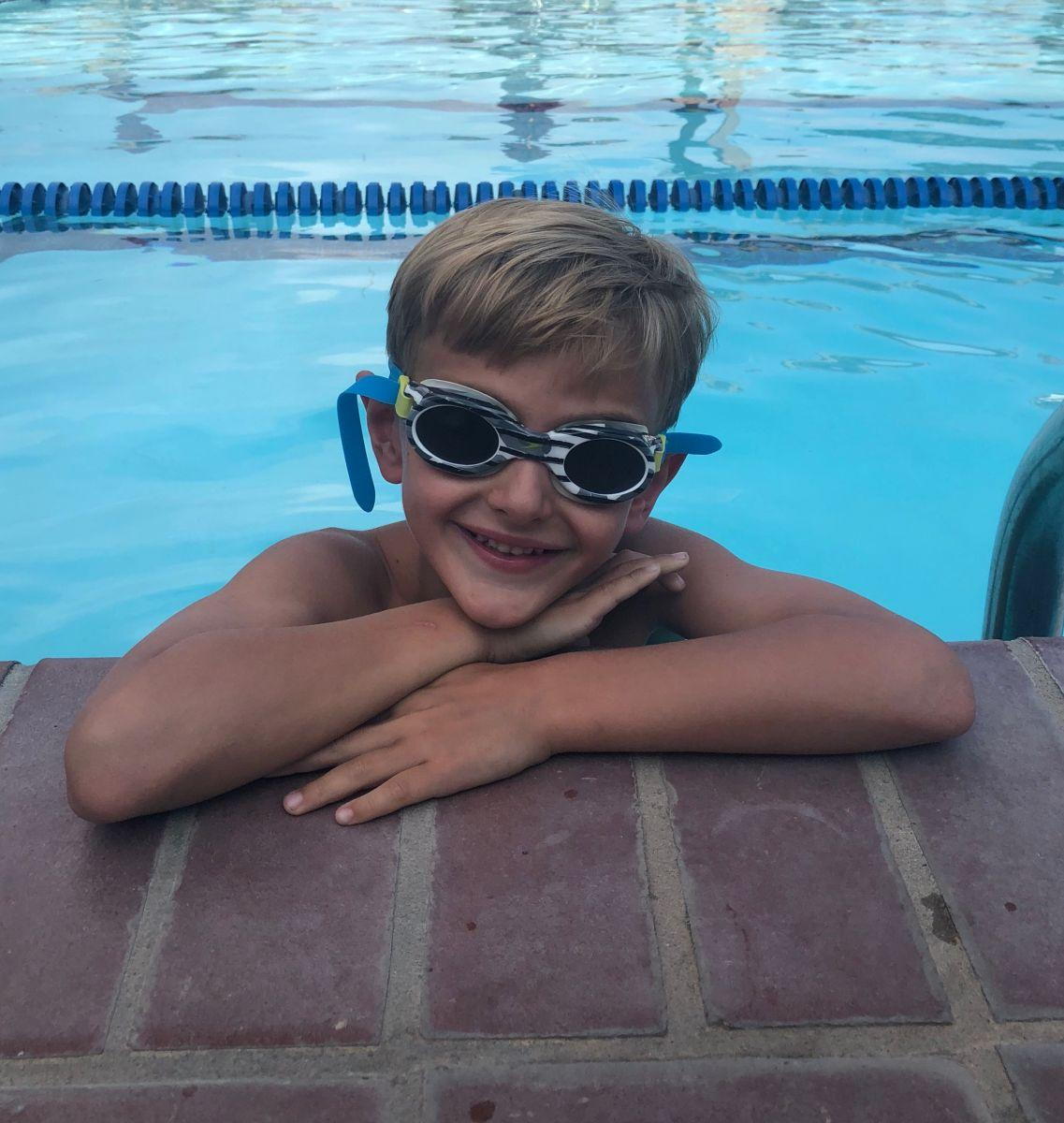
- Children ages 1-4 years of age have the highest drowning rates
- In 2014, among children 1-4 years old who died from an unintentional injury, 1/3 died from drowning
- Drowning is responsible for more deaths among children 1-4 years of age than any other cause except congenital anomalies (birth defects)
- The WHO (World Health Organization) defines drowning as the “process of experiencing respiratory impairment from submersion/immersion in liquid”.
- Drowning can have three different outcomes:
- Fatal drowning: Death is caused by drowning -- Death from drowning results from decreased oxygen to the brain, resulting in cardiac arrest
- Nonfatal drowning with injury or illness: Patient survives drowning but has some type of bodily injury or damage
- Nonfatal drowning without injury or illness: Patient survives without bodily damage.
- Terms such as near, wet, dry, passive, active, secondary, and silent drowning are not medically accepted terms
- Most organizations—including the World Health Organization, the International Liaison Committee on Resuscitation, the Wilderness Medical Society, the Utstein Style system, the International Lifesaving Federation, the International Conference on Drowning, Starfish Aquatics Institute, the American Heart Association, the American Red Cross, and the U.S. Centers for Disease Control and prevention—discourage the use of these terms entirely because of their confusing name
- Most delayed symptoms of drowning will make themselves obvious within a few hours of the suspected drowning event and at the latest, within the first 24-48 hours
- So where did the term “Dry Drowning” come from?
- Dry drowning was previously used to describe the lungs of drowning victims that contained no water during autopsy. This happens in 10-20% of drowning causes and may be related to laryngospasms. However, we know that very little water actually enters the lungs during most drownings (usually less than 2 mL/kg -- that is less than 1 ounce in a child who weights 33 lbs). Whether there is or is not water in the lungs at the time of drowning, the problem is still a lack of oxygen to the brain. Therefore, the wet vs dry terminology is irrelevant and because it doesn’t change the treatment, drowning specialists no longer use these distinctions.
- What symptoms should I watch for in my child?
- A cough that persists
- An increase rate of breathing or “working hard” to breath
- Extreme fatigue -- Fatigue is common in children after a day at the pool, extreme lethargy is not normal
- Persistent vomiting
- What should I do if my child is exhibiting any of the above medical symptoms?
- Seek medical care
- What are preventative actions I can take as a parent?
- Enroll your child in swimming lessons
- Provide close adult supervision at all times around water (within touching distance for toddlers)
- Learn CPR
- Have a locked fence if you have a pool at your house
Watch Dr. Kevin Carney, medical director of the Emergency Department at Children’s Hospital of Colorado explain dry drowning
http://kdvr.com/2017/07/07/dry-drownings/

